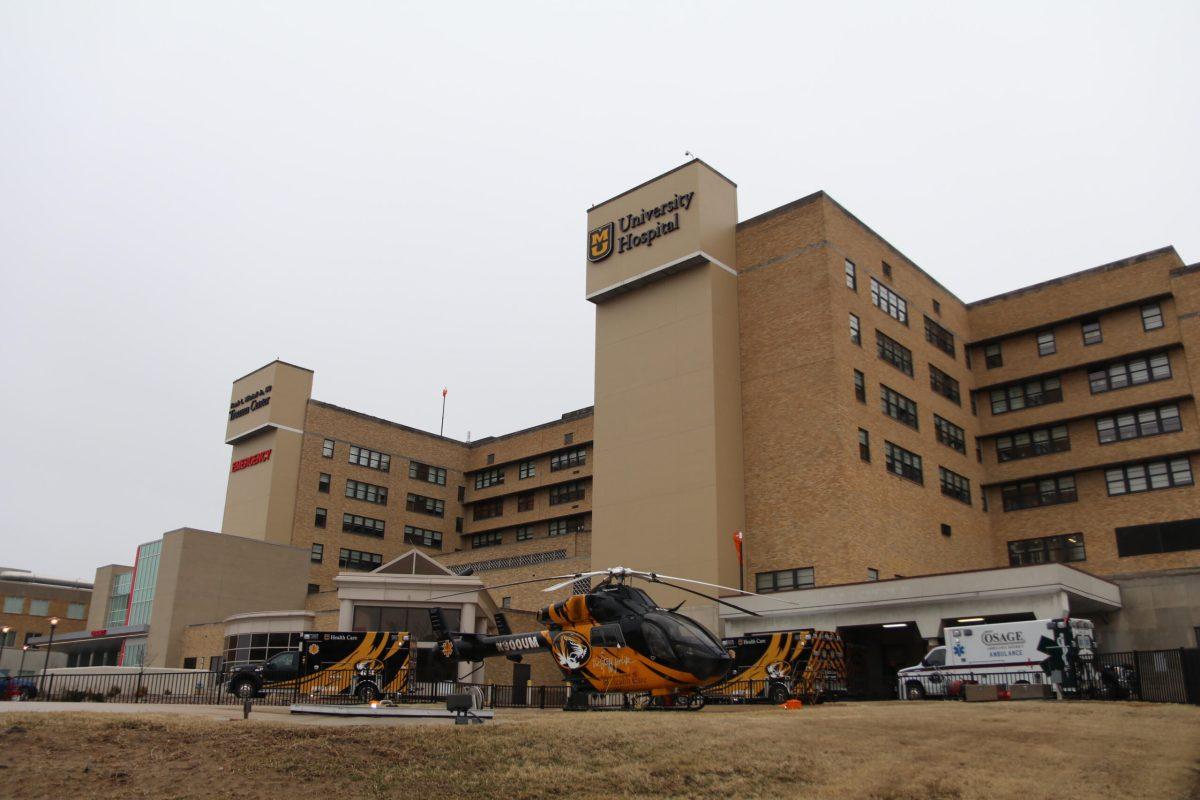
A research team at Sinclair School of Nursing recently adapted a discharge process, known as Reengineered Discharge, traditionally used in hospitals to fit in the needs of short stay nursing home patients.
The research was led by Lori Popejoy, associate professor at Sinclair School of Nursing and other faculty members from the School of Nursing, School of Social Work, School of Medicine as well as graduate and doctoral students from correlated departments.
The Reengineered Discharge was first created by professor Brian Jack’s research team. Jack is the chair of the Department of Family Medicine at Boston University School of Medicine and Boston Medical Center. His team developed and tested strategies to improve the hospital discharge process in a way that promotes patient safety and reduces rehospitalization rates.
The RED process was adapted by the National Quality Forum as a national “Safe practice” and it is being used in all states and in over 10 countries, according to BU School of Medicine’s website.
“A lot of the researchers have been focused on hospitals and how you move patients from the hospitals to home or from hospitals to somewhere else,” Popejoy said. “But patients don’t always stay in skilled nursing facilities, there is a whole payment mechanism from the federal government that pays for short stays which were where the focus of the research was.”
Popejoy emphasized that primary care providers are the ones who manage patients in nursing home facilities. These primary care providers often rely on other hospitals, nursing homes, healthcare agencies to give them complete and accurate information.”
Popejoy said the bad and inaccurate information often happens during the transition points between hospitals, nursing homes and households. And the elder adult population are generally the ones that are affected.
“When you are old and you fell and your daughter lives across the country, it gets harder to manage all those points of change,” Popejoy said.
She mentioned that a lot of people in healthcare nowadays are relatively young and a lot of them perhaps have never even taken care of a patient in their own home. She said the process can get complicated if these healthcare professionals don’t step back and think about basic questions that aren’t necessarily related to their disease but more to daily capacity to manage their own care and health.
“What RED actually does it that it’s evidence-based approach to design a discharge process,” Popejoy said. “Most hospitals, nursing homes, health care agencies all have discharge processes. There is nothing wrong with what they have done, but we need to be really evaluating and asset if it could be better.”
Popejoy said her team has been working on this research project for several years and is currently working on the outcome article. One of the key components she found helpful relating to the in-home nursing discharge process is to include the families from the get-go — identify key family members and make sure they are involved in the research process throughout.
Popejoy indicated that nursing homes have unique needs and challenges that need to be considered when creating a better discharge system in an MU News Bureau press release on Feb. 14.
“Being confronted with those challenges helped the facilities come up with innovative solutions and gave them a better idea of how to meet their obligations to their patients for a safe and effective discharge,” she said in the press release.
Popejoy said the main takeaway of the RED process is to make sure everyone is informed at every transitional point with critical information.
“Health care is used by people when they need it,” she said. “The better we can inform what they need to do to take care of themselves, so they don’t have to come back to the hospital. If we do our jobs well, we work ourselves out of the jobs when they don’t actually need us.”
_Edited by Emily Wolf | [email protected]_